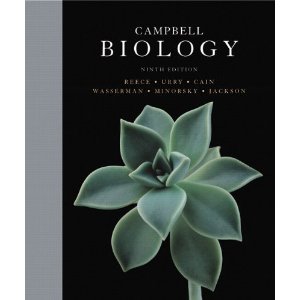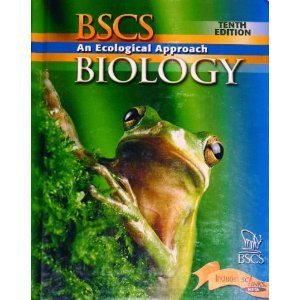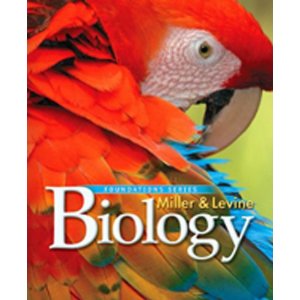Introduction to Biology
Biology is one of the only science courses that is constistently required of every high school student. Most take this class at the beginning of their high school career, although some curriculums save biology until after physical science and/or chemistry course.
This course can be very challenging for both the teacher and student, as the amount of vocabulary encountered can approach that of a foreign language course. However, many of the concepts in biology are much more concere and easy to conceptualize than chemistry and physics, thus making this a popular 9th and 10th grade class.
Research and Current Events
Current events are a great way to make a biology course seem more relevant. So much focus on the couse is placed on basics and fundamentals, that it can greatly improve student motivation to show some examples of how these concepts are being applied in cutting-edge research. However, finding articles that are relevant, objective, and comprehensive can be a very challenging task. This is particularly true for students who are apt to simply pick the first result on a Google search, or find the shortest article possible.
For your current events assignments, try the Biology Current Articles Search Engine. This is a custom Google search that only takes articles from a select few websites, such as National Geographic and Popular Science.
Textbooks and Curriculums
These are specific textbooks that I have taught from and used as a framework for designing my course.
Campbell Biology
This is seen by many as the gold standard of biology textbooks. This text is most used by college leve biology classes, particularly for science majors. Many high school advanced placement courses also have adopted this textbook. The information presented is comprehensive, but is written at a level only appropriate for AP level high school students or science-minded college students.
The textbook comes with an outstanding set of resources, including a test bank, Powerpoint presentations, animations, and illustrations.
Holt Modern Biology
This is one of the most complete and comprehensive textbooks available for regular and honors-level high school biology students. However, this depth of content is also its downside in many ways. The material covered in this textbook cannot be adequately covered in a single year of biology. Many teachers are only able to cover as far as the different taxonomic kingdoms, leaving the anatomy chapters for a follow-up course. This textbook is also one of the physically largest and heaviest textbooks high school students are assigned.
This curriculum comes with the standard set of resources, including a test generator and a CD of Powerpoint lectures that are only basic outlines of the material in the textbook.
This textbook, often referred to as the "Macaw book", is a good option for regular-level to basic-level high school biology students. While not as fully comprehensive as Modern Biology, the reading level is more accessable and the book is physically smaller and lighter, which appeals to many students.
This curriculum comes with an good resource CD, which includes a test generator, pre-made labs and worksheets, and a set of Powerpoint lectures that contain a basic outline of the text.
BSCS Biology: An Ecological Approach
BSCS has a series of high-school level biology textbooks, each written around a central theme. This textbook, which has not been republished since 2005, attempts to relate the major themes and concepts of biology to ecology. There is also a molecular approach and human approach textbook.
These textbooks offer an new approach to teaching the course, which may appeal to some groups of students, however, the reading level is generally only appropriate for students in the honors track. Additionally, as most students take biology as their first high school science course, they often do not have the background in ecology, chemistry, or human anatomy to fully appreciate this textbook.
Please select one of the topics to the left for specific resources.

